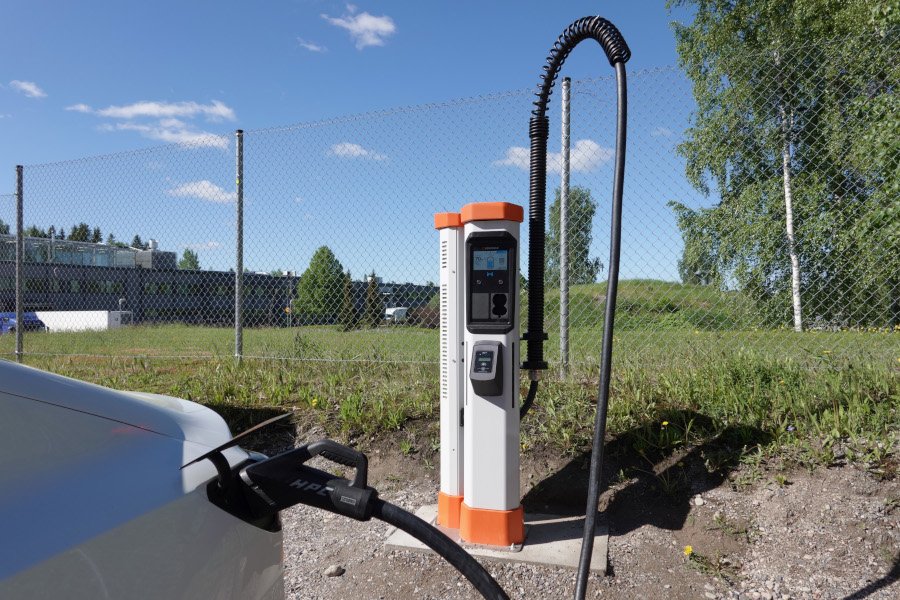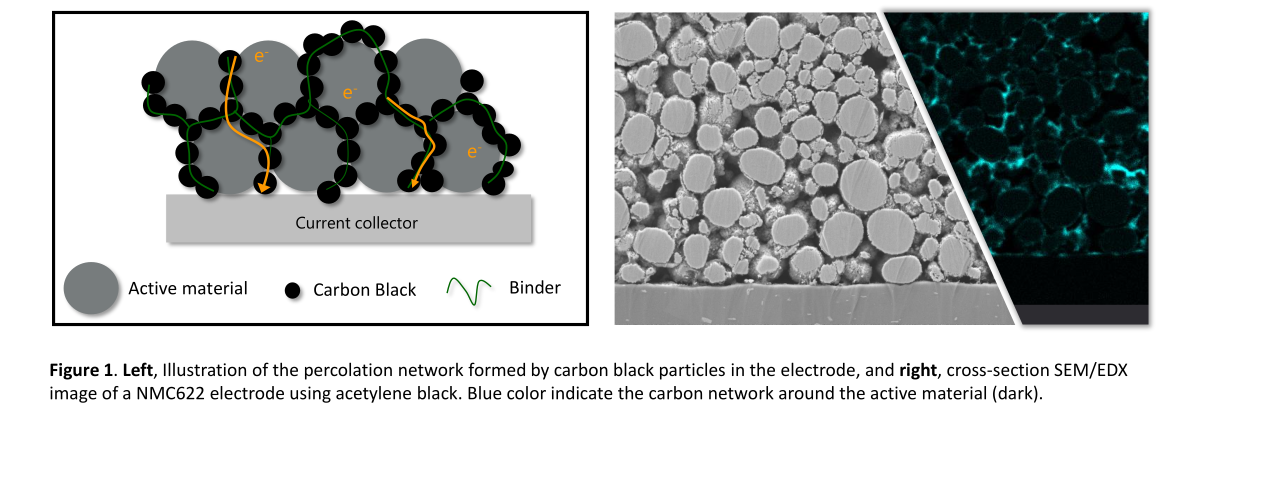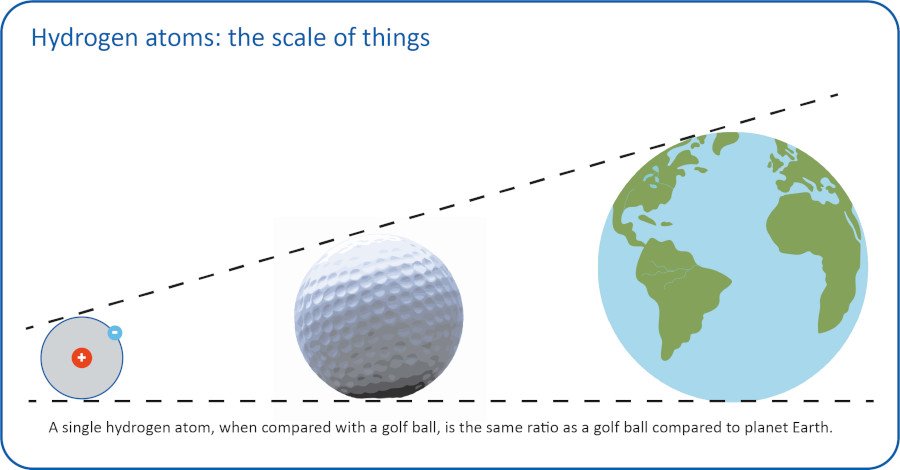How Liquid Cooled Charging Can Help Electrify HGVs
Electric medium and heavy-duty vehicles such as trucks and buses demand more charging power than personal EVs. They also have different charging requirements, meaning that they require separate infrastructure investments from light-duty cars. However, there is currently a lack of industry consensus on the standards for the megawatt charging systems medium and heavy-duty EVs need.

We recently launched a new version of our Kempower S-Series charging satellite system featuring liquid-cooled charging, one example of tailored infrastructure specifically benefitting the medium and heavy-duty transport sector entering the market. Capable of delivering 400kW of continuous charging power, the liquid-cooled charging satellite is well-suited for medium and heavy-duty vehicles, given their higher charging power requirements.
Delivering dynamic power distribution through satellite charging
The S-Series charging satellite system consists of a C-Series charging power unit (CPU) and either four double satellites or eight single satellites, with a maximum total of eight charging outputs. Inside the CPU are up to three cabinets featuring a maximum of four power modules, each offering 40kW of charging power. This means that up to 12 modules can be installed in each of our CPUs. As well as being modular, the charging power can, crucially, be distributed dynamically into each charging output.
The benefits of dynamic EV charging for charging operators
Dynamic charging makes it easier to install multiple charging points in the same location, as the charging capacity can be shared. For charging site operators, this means that a larger proportion of the kilowatts they’ve purchased is used, achieving a better charging capacity ratio than installing single chargers.
With dynamic charging, charging operators do not need to invest in the required charging capacity on the busiest days and times of the year. Instead, the charging capacity required at one charging station can be evaluated to serve an adequate power level for several electric vehicles most of the time. For example, at a charging station designed for eight cars, the vehicles never receive the ultimate maximum power they demand simultaneously. However, the cars will always receive enough power to maintain a smooth and fast charging session.
Another benefit of dynamic charging is that it unlocks priority charging. Priority can be defined in many ways. For example, in cities, it can be determined by vehicle category – electric buses have higher priority than taxis, taxis have higher priority than personal vehicles, and so on. Another way to define priority is the ‘first in, first out’ model, where the first vehicle to arrive at a charging site receives power first. Either way, the common factor is that a dynamic charging system can automatically control the priority in which vehicles are charged.
The need for dynamic rapid-DC charging sites offering multiple charging stations is increasing as the share of all forms of electric vehicles grows. Charging operators want to provide the best possible charging experience for EV drivers, who in turn want to avoid queues and continue their journeys as quickly as possible.

What is liquid-cooled charging?
Rapidly charging an EV increases the need for thermal regulation, especially for electric medium and heavy-duty vehicles. These vehicles also demand higher continuous power, which generates substantially more heat. This is because, as power is delivered from the charging station through the charging cables and into the vehicle, internal resistances to the higher currents produce higher amounts of heat. Therefore, liquid-cooled charging helps avoid damaging equipment and ensures the safety of EV drivers.
Liquid-cooled cables help combat the high levels of heat associated with high charging power and rapid charging speeds. The cooling occurs in the connector, sending coolant through the cable and into the contact between the car and the connector. As the cooling takes place inside the connector, the heat disperses immediately as the coolant travels back and forth between the cooling unit and the connector.

Specifics of liquid-cooled charging
The liquid-cooled version of the S-Series charging satellite connects to a C-Series charging power unit (CPU) and features one charging output. However, as the C-Series CPU can be connected to up to eight charging outputs, eight S-Series liquid-cooled charging satellites can be installed per charger. Therefore, the maximum available nominal charging power of the satellite charging system is 600kW. For example, a CPU with 600kW can provide a maximum of 500A for one liquid-cooled charging satellite or a maximum of 400A for two.
It is possible to combine both liquid and traditional air-cooled cables into the same system, optimising system investment costs while dynamically allocating unused power to different cables. This technology can also prioritise the 350kW charging cables to always receive full power, dynamically redistributing power even if another charging output is already using it.
These dynamic 500V and 800V charging solutions make it possible to serve all types of electric vehicles, whether heavy-duty trucks, light-duty delivery vehicles or personal cars, with the same hardware in the same station. This set-up maximises return on investment for charging operators and serves the growing range and number of electric vehicles.
One final thing
Introducing bespoke e-mobility infrastructure that specifically benefits the medium and heavy-duty transport industry will also have another crucial benefit – accelerating the sector’s decarbonisation and helping the world achieve its net-zero aspirations. Trucks, buses and coaches are currently responsible for around 25% of CO2 emissions from road transport in the European Union and approximately 6% of the region’s total emissions[1]. Meanwhile, in the United States, medium and heavy-duty trucks account for about 29% of road transport’s total emissions – and approximately 7% of the country’s total – despite being less than 5% of the total vehicles on the road[2]. Moreover, while the pace of electrifying medium and heavy-duty vehicles is increasing, emissions are continuing to rise, primarily due to the growing amount of freight traffic on roads.
Jussi Vanhanen, Chief Market Officer, Kempower
[1] European Commission: Reducing CO₂ emissions from heavy-duty vehicles
[2] Our World in Data: Cars, planes, trains: where do CO2 emissions from transport come from?







